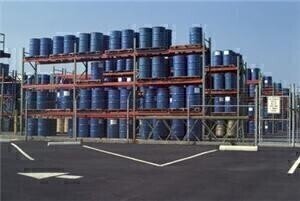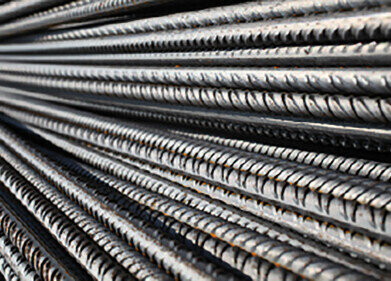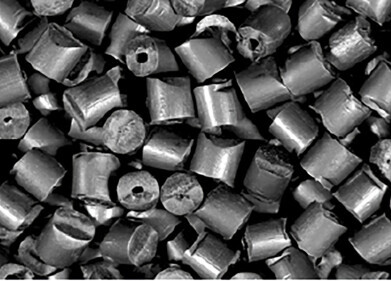-
 Ultrasound waves help to prevent precipitates from altering biofuel composition
Ultrasound waves help to prevent precipitates from altering biofuel composition
Biofuel Industry News
Ultrasound 'can maintain biofuel composition'
Dec 02 2010
At a temperature of around 41 degrees F (5 degrees C) precipitates begin to form in biodiesel, changing the physical composition of the eco-friendly fuel.
They appear in the form of solids and can cause problems for machinery by blocking filters and plugging lines.
However, they can prove difficult to deal with as they are invisible.
Now researchers at the Department of Energy's biofuel laboratory have developed a means of removing precipitates using high-intensity ultrasound.
The longitudinal vibrations of the high-intensity sound waves can remove existing precipitates and prevent the formation of further solids, helping to keep the biofuel composition in a usable state.
Research at the biofuel laboratory was carried out by Mike Kass, with the procedure co-invented by Maggie Connatser and Sam Lewis.
Digital Edition
PIN 25.1 Feb/March
March 2024
In This Edition Safety - The technology behind the ION Science Tiger XT - Safety with ammonia and LOHCs as hydrogen carriers Analytical Instrumentation - Discussion on new tribology te...
View all digital editions
Events
May 03 2024 Seoul, South Korea
May 05 2024 Seville, Spain
May 06 2024 Riyadh, Saudi Arabia
May 06 2024 Houston, Tx, USA
May 06 2024 Houston, Tx, USA

















